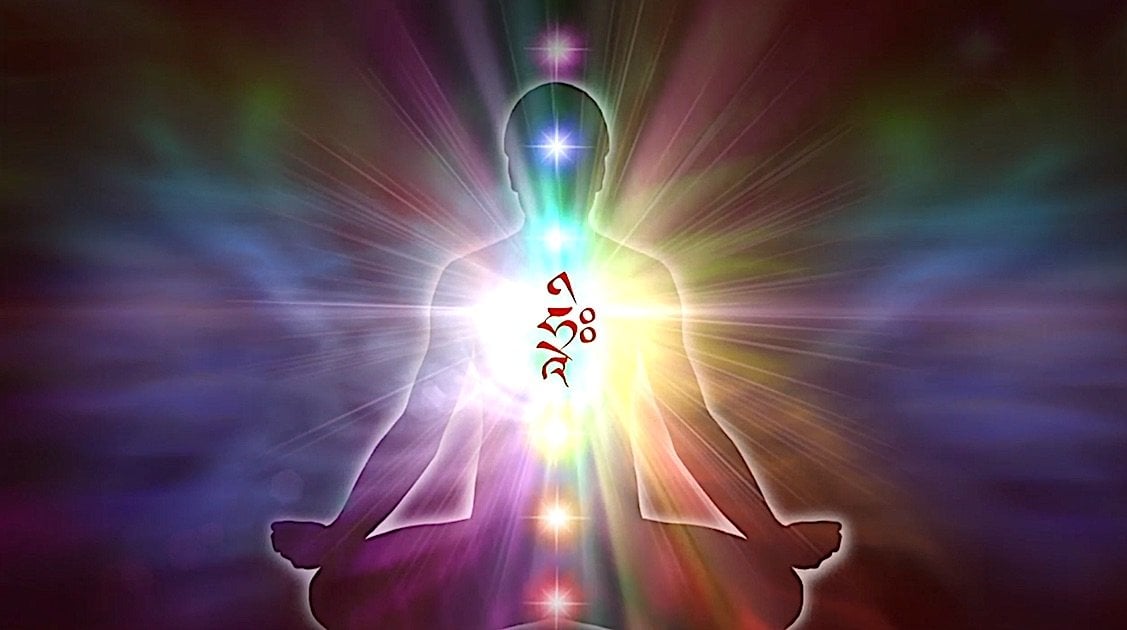The six yogas are a main practice of the Kagyu school (and were originally unique to that school), and key Kagyu figures such as Milarepa, Gampopa, Phagmo Drugpa, and Jigten Sumgon taught and practiced these yogas. They taught in the Gelugpa lineage and were introduced by Je Tsongkhapa, who received the lineage through his Kagyu teachers.
The Six Yogas of Naropa. In the tradition of the tantra, the dream yoga method is usually passed on by a qualified teacher to his or her students after necessary initiation. Various Tibetan lamas are unanimous that it is more of a passing of an enlightened experience than any textual information.
The first step to dream practice is quite simple: one must recognise the great potential that dreams holds for the spiritual journey. Normally, the dream is thought to be ‘unreal,’ as opposedto'real'’ waking life.
But there is nothing more real than a dream. This statement only makes sense once it is understood that normal waking life is as unreal as a dream, and in exactly the same way.
If you’re in a nightmare and you become lucid, relate to your fear instead of running from it. This practice can show you that it’s not the contents of the nightmare that scare you, but your habit of taking the events to be solid and real.
However, lucid dreaming alone will not wake you up in the spiritual sense. If you merely indulge your fantasies, lucid dreaming becomes super-samsara. When intention is involved, even at the level of a dream, karma is created.
Lucid dreams are not karmically neutral. If you want to go deeper, lucid dreaming can develop into dream yoga, which is when it becomes a spiritual practice. While lucid dreams can create negative karma, dream yoga is designed to purify it. “Yoga” is that which yokes, or unites. Dream yoga is designed to unite you with deeper aspects of your being and is more concerned with self-transcendence.With dream yoga, instead of using your mind as an entertainment centre, you turn it into a laboratory. You experiment with dream meditations and study your mind using the medium of dreams. For example, one dream yoga practice is to change the objects in your dream.
In The Tibetan Yogas of Dream and Sleep, “if we lose ourselves every night, what chance do we have to be aware when death comes? Look to your experience in dreams to know how you will fare in death. Look to your experience of sleep to discover whether or not you are truly awake.”
But, when we sleep, our minds create entire worlds within seconds; a century can pass in a relative minute; we can fly through the sky and meet Buddhas and stunningly beautiful Dakinis; we see monsters from the deepest fictional hells of our mind—and none of it is real. Yet, all of it is as real as we experience in our daily lives.
Lucid participation in your dreams can quickly help us develop insight into duality, into the true nature of phenomena, and into the illusion of appearances in our dualistic “waking” world.
For those who have received the empowerment of this Tantric practise, you are reminded not to intentionally or unintentionally disclose the mantra to the public or anyone who may not have the empowerment or permission to practise, and disclosing the mantra intentionally or unintentionally is a form of breaking your Tantric Samaya vows to the lineage masters and Dharma protectors.
Please consult your Guru or a qualified lineage master for Vajrayana practise! Should a devotee even want to start studying and contemplating the Vajrayana practise, then it is truly necessary to first have completed the preliminaries and to be certain that Bodhicitta has arisen and developed in one’s mind.
Vajrayana features countless skillful and powerful methods that, if practised in the proper way, can make the process of accumulation and purification incredibly swift and direct. It is absolutely necessary to have pure motivation and to know that Vajrayana practise is not carried out to increase one’s own ego, power, or self-interest.



































